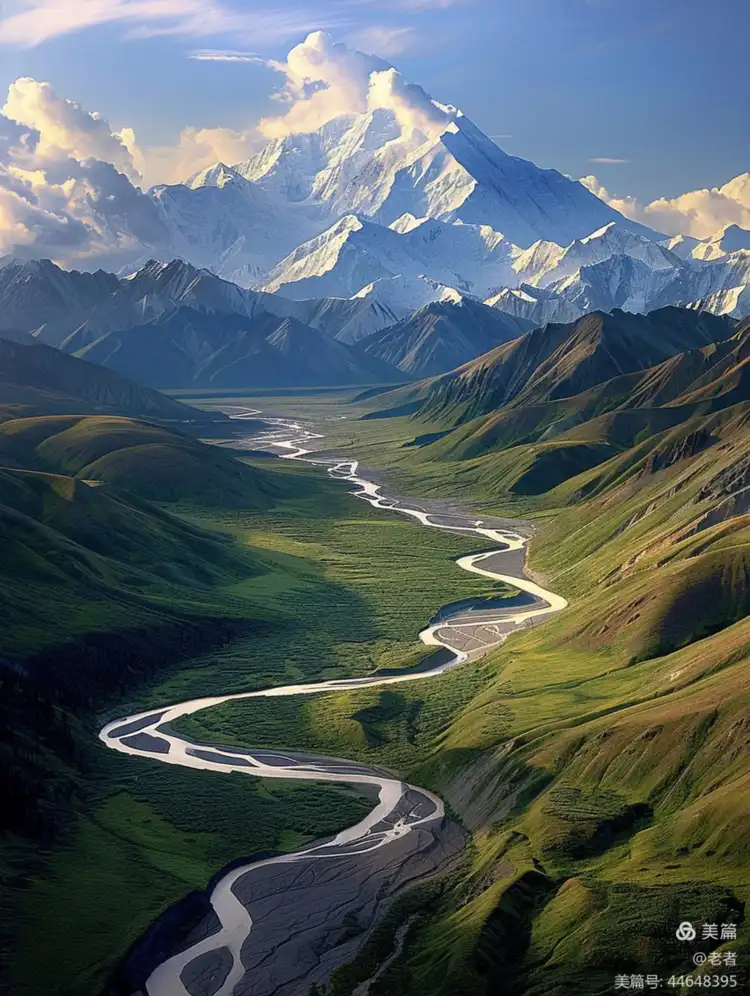Global Travel Information
Lakes and Rivers
The Serene Beauty and Vital Importance of Lakes and Rivers
Lakes and rivers are among the most captivating and essential features of our planet. These freshwater bodies shape landscapes, sustain ecosystems, and provide resources that have supported human civilizations for millennia. From the vast expanse of the Great Lakes in North America to the winding currents of the Amazon River in South America, lakes and rivers are not just geographical wonders but lifelines for biodiversity and human societies alike.
The Formation and Diversity of Lakes and Rivers
Lakes and rivers are formed through various natural processes. Rivers typically originate from melting glaciers, mountain springs, or rainfall runoff, carving their paths through valleys and plains over centuries. Some of the world’s longest rivers, such as the Nile and the Yangtze, have shaped entire regions by depositing fertile silt along their banks, enabling agriculture to flourish.
Lakes, on the other hand, are formed through tectonic activity, glacial erosion, volcanic craters, or even meteor impacts. The Caspian Sea, despite its name, is the world’s largest lake, while Lake Baikal in Siberia holds the distinction of being the deepest and oldest freshwater lake, containing nearly 20% of the world’s unfrozen freshwater.

Ecological Significance
Lakes and rivers are biodiversity hotspots, supporting countless species of fish, birds, plants, and microorganisms. Wetlands along riverbanks and lake shores act as natural filters, purifying water and preventing erosion. Migratory birds, such as herons and ducks, depend on these water bodies for nesting and feeding.
Aquatic ecosystems are highly sensitive to environmental changes. Pollution, overfishing, and habitat destruction threaten species like salmon, which rely on clean river systems for spawning. Invasive species, such as the zebra mussel in the Great Lakes, disrupt native ecosystems by outcompeting local organisms. Conservation efforts, including protected areas and sustainable fishing practices, are crucial to preserving these delicate environments.
Human Dependence on Freshwater Systems
Since ancient times, human settlements have thrived near lakes and rivers. The Tigris and Euphrates rivers nurtured Mesopotamia, one of the earliest cradles of civilization. The Ganges River remains sacred in India, while the Thames and Seine have been central to European trade and culture.
Today, lakes and rivers supply drinking water, irrigation for agriculture, and hydroelectric power. The Three Gorges Dam on China’s Yangtze River, for instance, generates massive amounts of electricity, though it has also caused ecological and social controversies. Similarly, the Colorado River in the United States supports millions of people but is heavily overused, leading to declining water levels.
Threats to Lakes and Rivers
Despite their importance, freshwater systems face severe threats:
- Pollution – Industrial waste, agricultural runoff, and plastic debris contaminate water, harming aquatic life and human health. The Great Pacific Garbage Patch, largely fed by river pollution, is a stark reminder of this crisis.
- Climate Change – Rising temperatures alter water cycles, causing droughts in some regions and floods in others. Glaciers feeding major rivers, like the Ganges and the Mekong, are melting at alarming rates.
- Overexploitation – Excessive damming and water extraction disrupt natural flow, endangering species and reducing water availability downstream.
- Deforestation – Clearing forests near rivers increases sedimentation, reducing water quality and harming fish habitats.
Efforts to Protect and Restore Freshwater Systems
Many initiatives aim to safeguard lakes and rivers:
- International Agreements – The Ramsar Convention protects wetlands globally, while the Clean Water Act in the U.S. regulates pollution.
- Community-Led Conservation – Local groups, like those along Kenya’s Lake Victoria, promote sustainable fishing and reforestation.
- Technological Solutions – Advanced filtration systems and wastewater treatment plants help reduce pollution.
Conclusion
Lakes and rivers are irreplaceable treasures, offering beauty, sustenance, and ecological balance. Their preservation is not just an environmental necessity but a moral obligation to future generations. By adopting sustainable practices and supporting conservation efforts, we can ensure that these vital water bodies continue to thrive for centuries to come.
Whether as serene retreats for nature lovers or critical resources for survival, lakes and rivers remind us of our deep connection to the natural world—one that must be cherished and protected.
相关文章
- Elbe River Archaeological Sites: Ancient Finds Near the Water
- Elbe River Botanical Gardens: Flowers & Plants Along the Banks
- Elbe River Zoos & Aquariums: Family Fun Near the River
- Elbe River Amusement Parks: Rides with River Views
- Elbe River Camping Spots: Pitch a Tent by the Water
- Elbe River Glamping Sites: Luxury Camping Along the Banks
- Elbe River RV Parks: Stay in Your Camper Near the River
- Elbe River B&Bs: Cozy Accommodations with a Personal Touch
- Elbe River Hostels: Budget Stays for Young Travelers
- Elbe River Business Travel Guide: Meetings & Events Near the Water
发表评论
评论列表
- 这篇文章还没有收到评论,赶紧来抢沙发吧~


